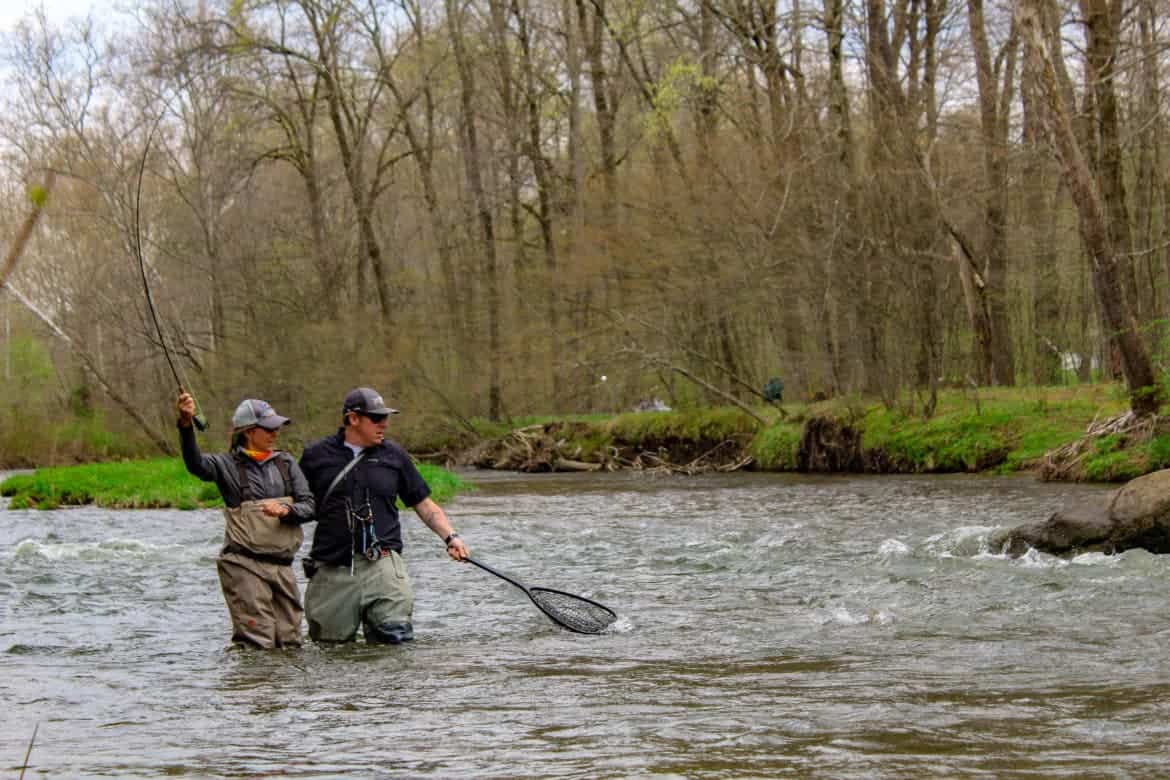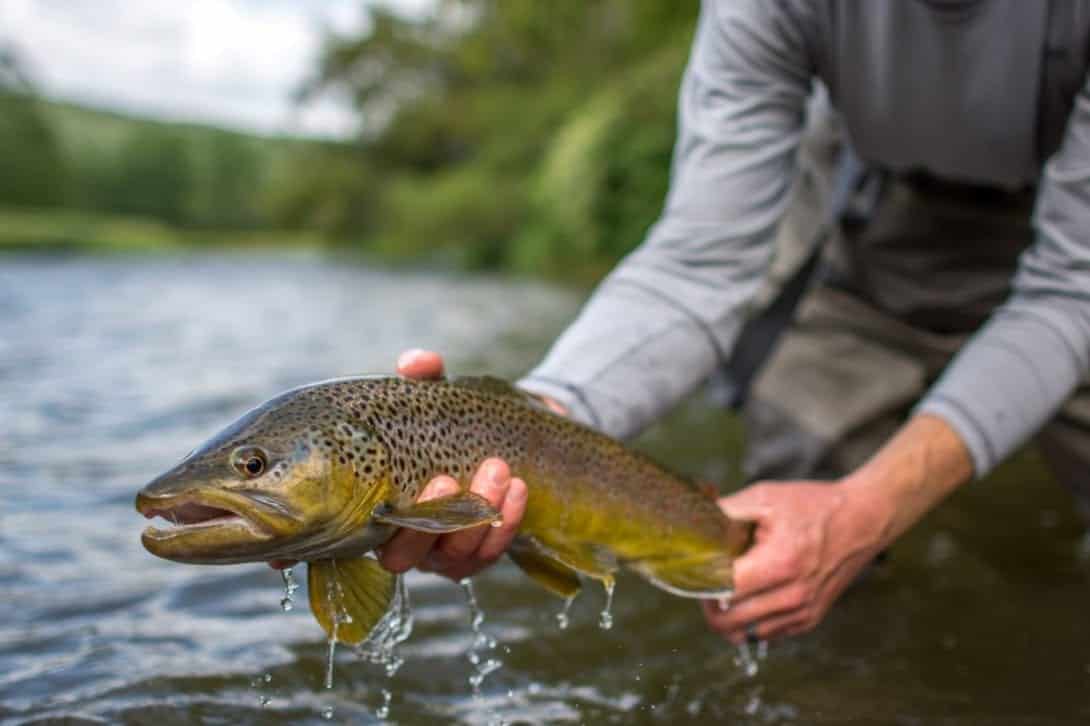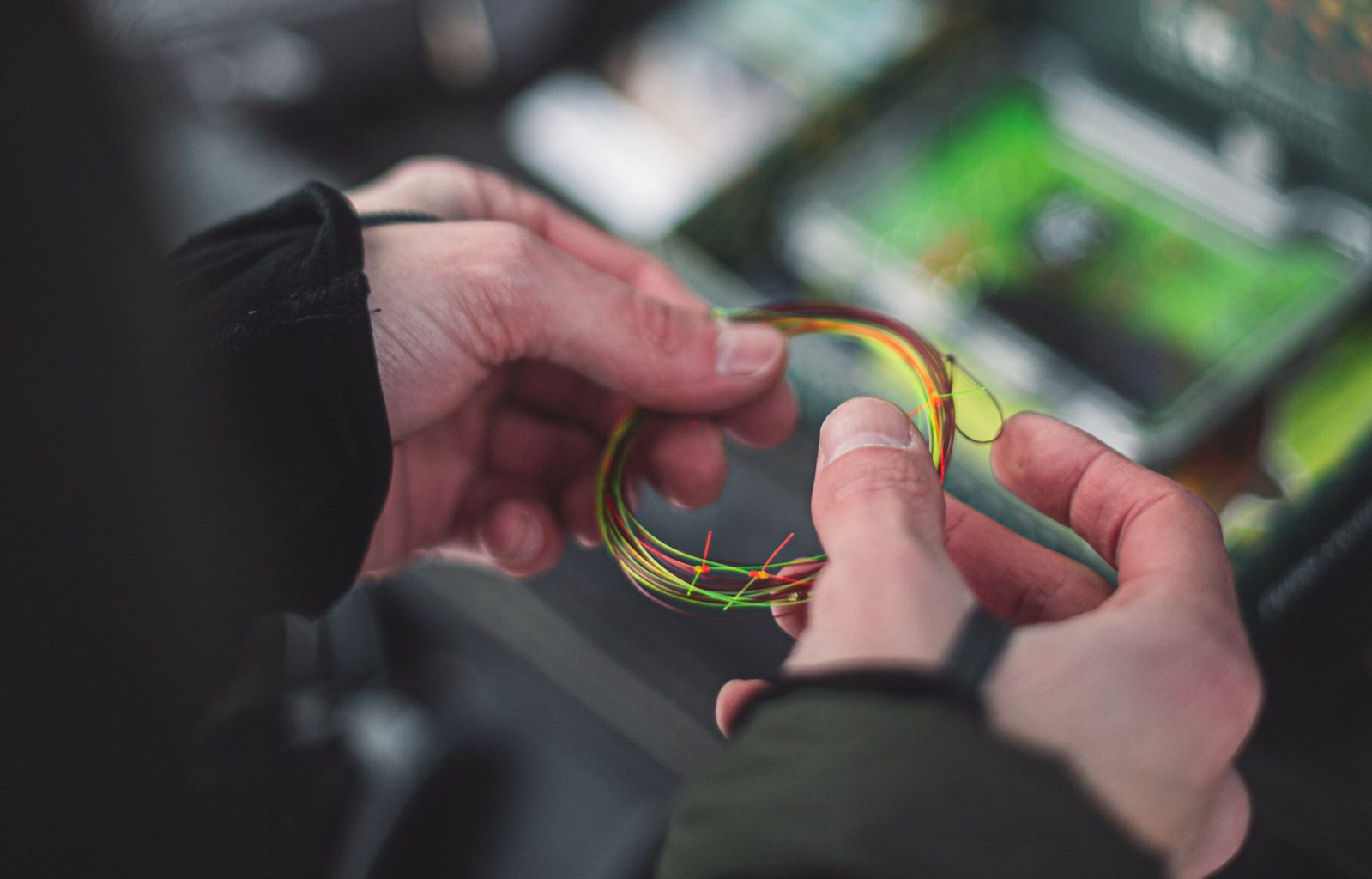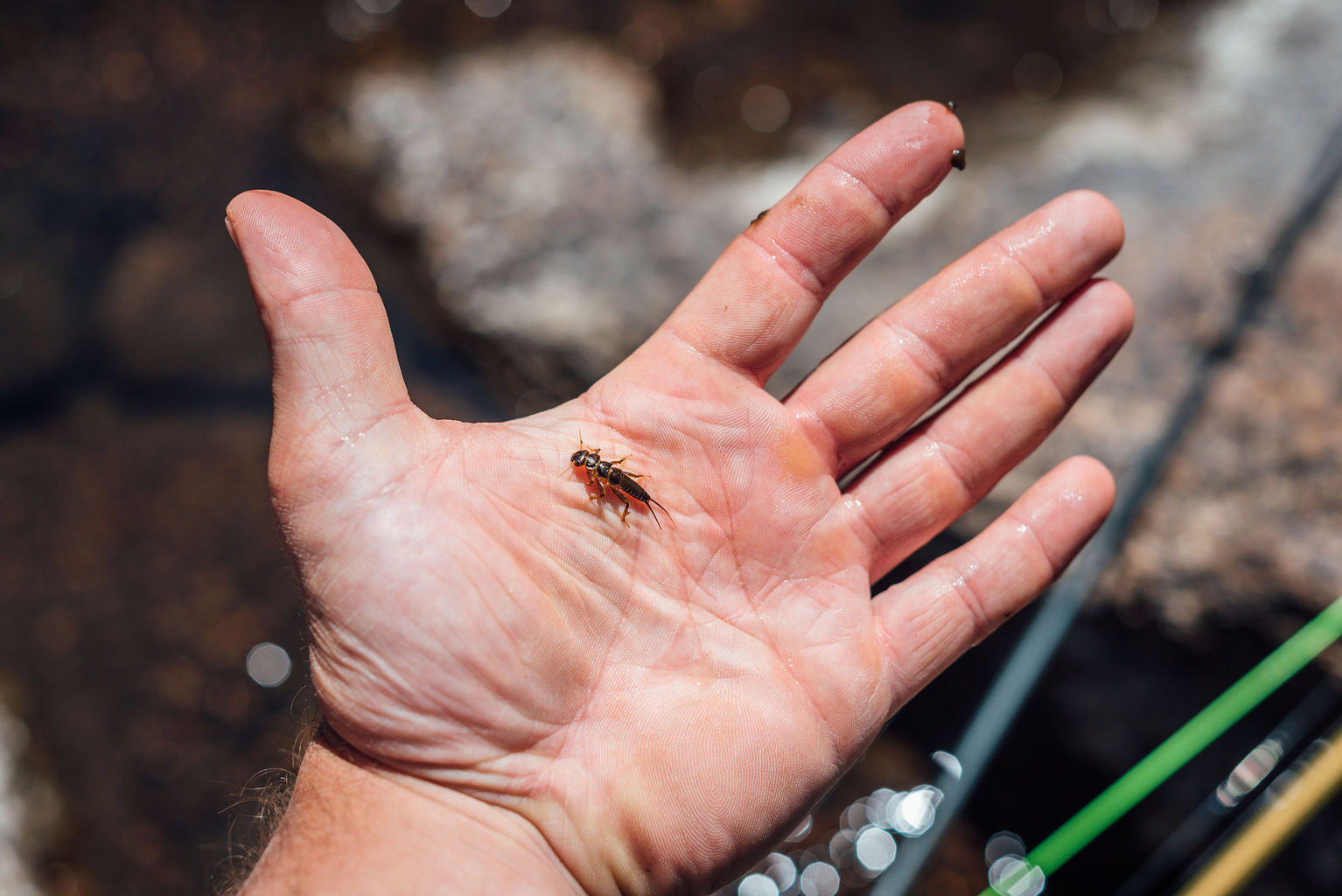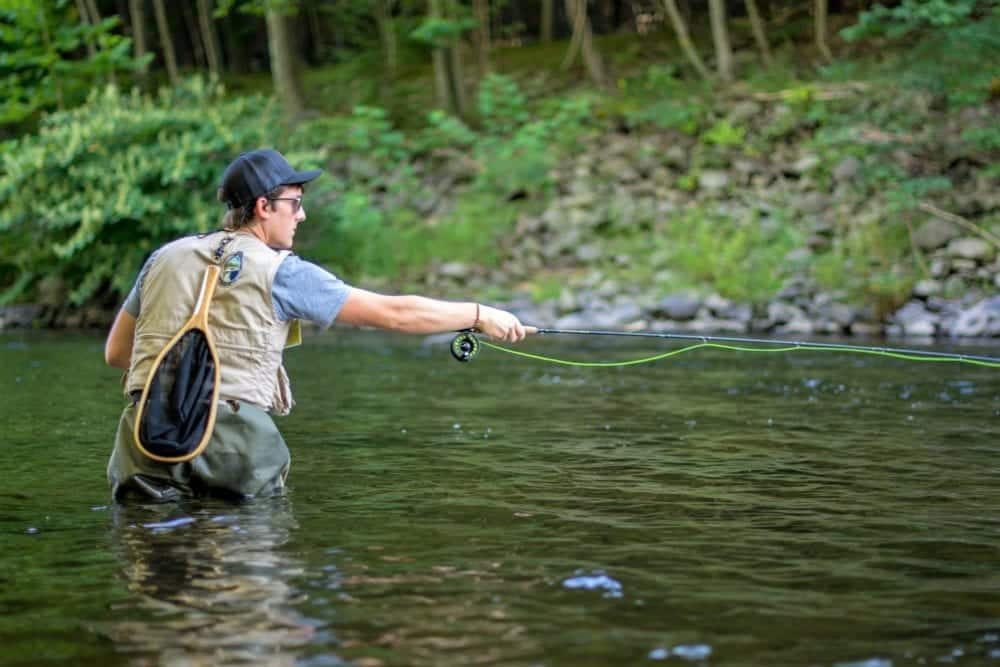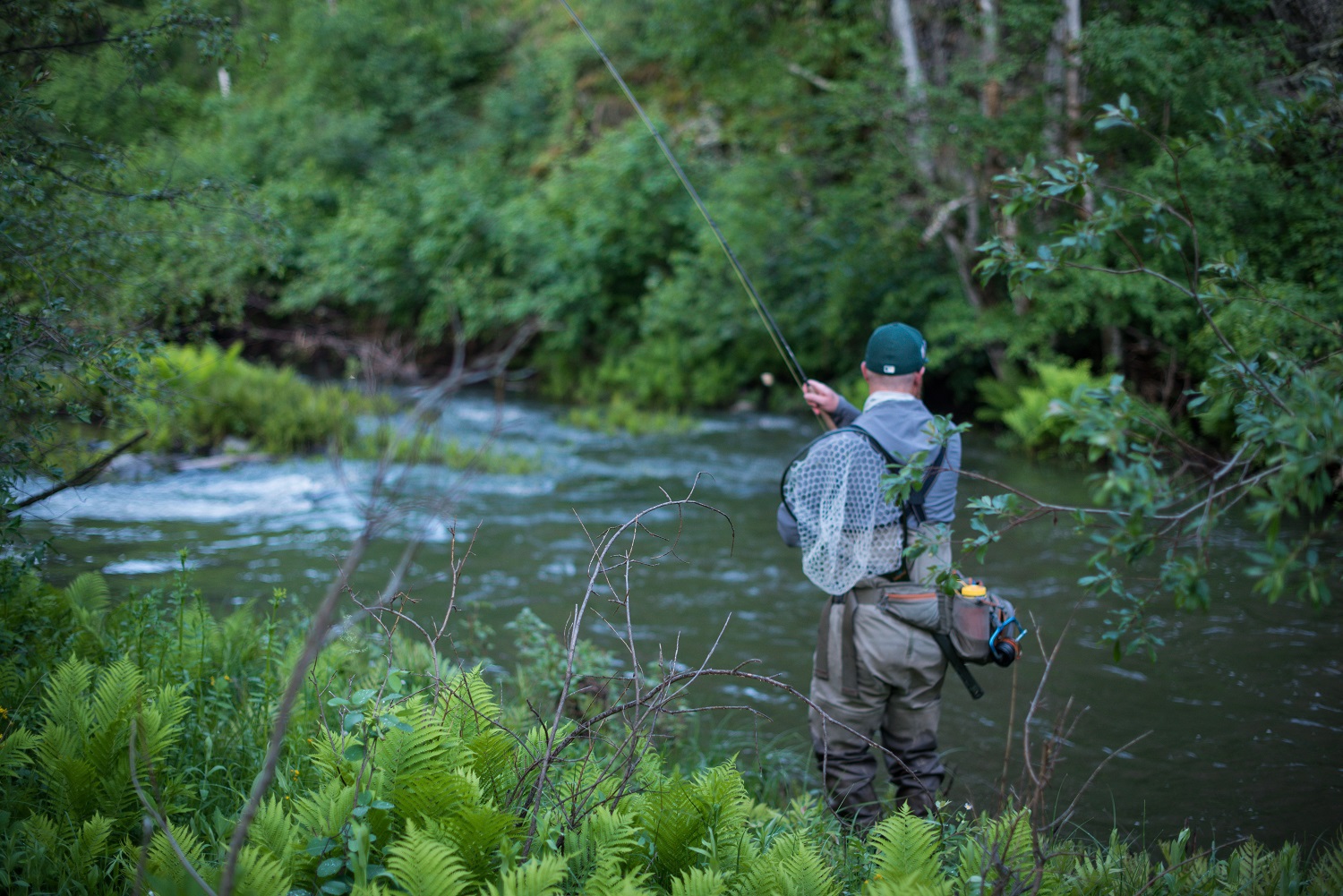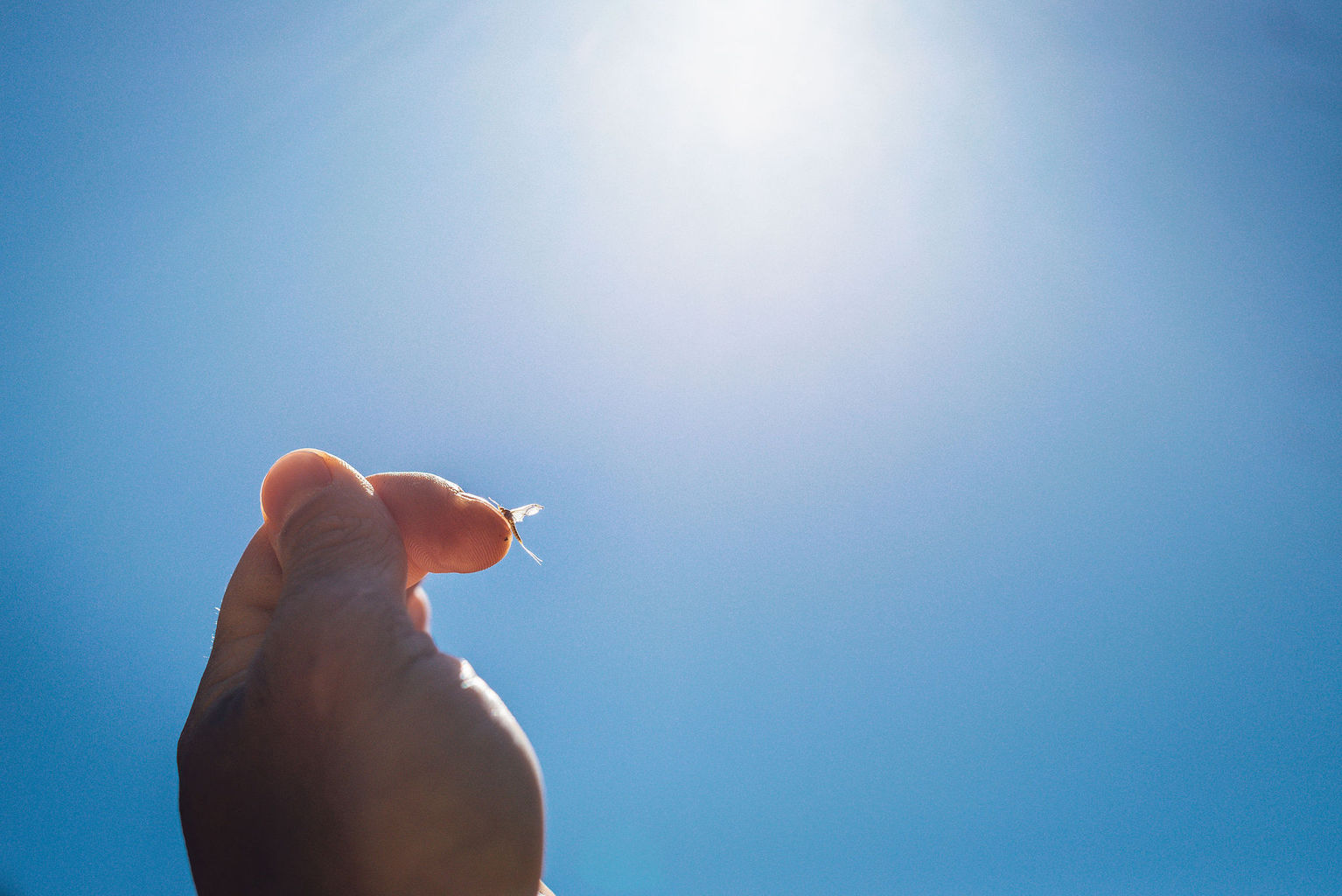4 Tips for a More Efficient Hookset
The flies land just upstream from the feeding trout and anticipation is running high as they drift into the feeding zone.
As they hit the sweet spot our indicator pauses for the briefest of seconds and the hook set is almost subconscious as the trout shakes its head wondering what is happening. After a brief battle, the fish is loose and we are left bummed without the slightest idea where things went wrong. Sometimes the fish just win, but more often than not the fault lies in a less than ideal hook set.
Set On Everything
Studies show that an astonishing (and depressing) number of drifts elicit fish strikes, but that a good deal of them never register on an indicator. With that in mind, anglers really can’t set the hook enough when fishing nymphs. Obviously dries are a bit different, as each strike is easily seen and there’s rarely a question of whether or not it was a trout or rock. Since that isn’t the case with subsurface patterns, set the hook often and ask questions later. If setting the hook more results in an extra fish or two in a day then it’s well worth it!
Set It Downstream
On guide trips I’m very careful to avoid instructing clients to set it “left” or “right.” Not only can that result in some confusion depending on which side of the stream we are fishing, but a hookset should always go in a downstream motion. Generally speaking, trout in moving water are pointing upstream, and our flies land upstream and drift down towards them. A downstream hook set is done at the perfect angle to firmly lodge flies in the mouth of a trout. Not only that, but if we miss the fish or if it’s not a fish, a downstream hook set results in our flies never leaving the water and thus limiting the snarls and tangle-ups that can occur if the set is straight up.
Set It Straight
When talking efficiency, nothing beats a straight line. That’s the fastest way to get from one point to another, and it’s the best way to get a good, clean, quick hook set. Assuming our flies are drifting from upstream back towards us, the rod should be parallel to the water on a flat line moving at the same speed as the drift. If a hit occurs, keep that same line of movement on our hook set to get the ideal angle. Any motion up or down will waste critical time and result in fewer landed trout. The most efficient form of a hook set is straight downstream in a quick jerking motion.
Don’t Set It Twice
Rare are the times when more than one hook set is efficient. Assuming our set comes at a strong downstream angle, and we miss the fish or it isn’t a fish, our flies should never leave the water. This can give us a “bonus” drift that can sometimes produce another take! Just because one opportunity was missed doesn’t mean another one isn’t incoming. By not setting the hook twice we don’t move the flies too far out of the fish zone and can get this bonus secondary drift.
When a fish is landed, credit is often given to how well an angler “played” the fish. In truth, success of netting a good trout starts with an efficient hook set. Follow these tips to keep more buttoned up and in the net!



